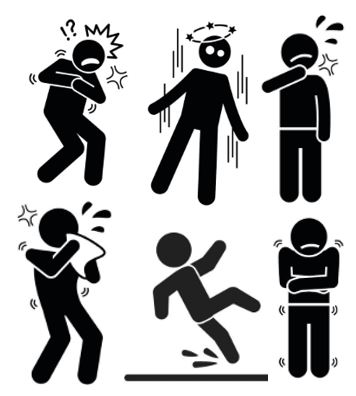The winter season is a challenging time for the NHS with increasing demand on health service - even in moderately cold weather, where the mean daily temperature falls below 5°C1.
The Department of Health estimated that in 2009 the annual costs to the NHS of treating winter-related diseases amounted to around £859 million2.
 The cold weather affects everyone but the most vulnerable people3 are likely to be visiting your pharmacy over the winter period and include people :
The cold weather affects everyone but the most vulnerable people3 are likely to be visiting your pharmacy over the winter period and include people :
- 65 or older
- On a low income (so can't afford heating)
- With a long-term health condition, such as heart, lung or kidney disease
- Are disabled
- Pregnant
- Have young children (newborn to school age)
- Have a mental health condition
Over the period October to April there are on average 64 days of moderately cold weather1:
- Even in moderately cold weather illnesses and death rates increase
- An additional 1°C drop produces averagely 4% increase in death rates
- Visits to A&E decrease but percentage of those visitors admitted into hospital increases
- Average length of hospital stay increases –reducing the flexibility of hospitals to support any additional increase in demand
 Direct health effects of winter weather include an increase in incidence of:
Direct health effects of winter weather include an increase in incidence of:
- Heart attack
- Stroke
- Respiratory disease
- Influenza
- Falls and injuries
- Hypothermia
And indirect effects include:
- Mental health illnesses such as depression
- Carbon monoxide poisoning due to increased use of poorly maintained boilers and heating appliances.
Many of the health impacts are predictable and mostly preventable.
